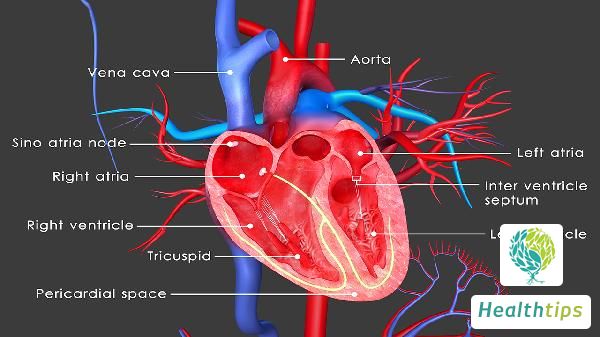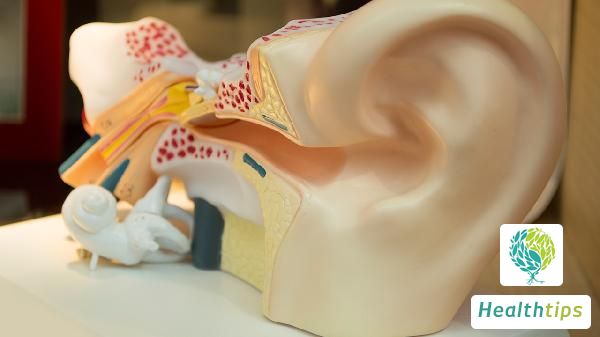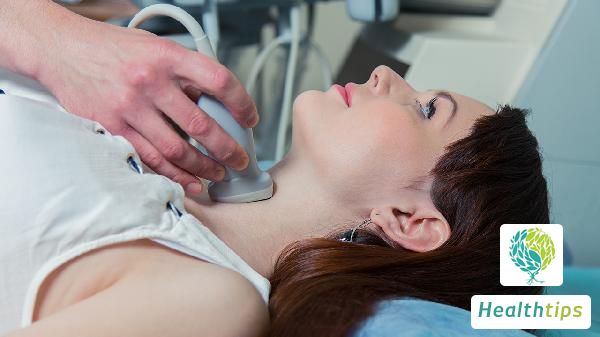What are the typical symptoms of facial nerve injury?
Early onset of facial nerve injury patients may immediately experience facial muscle paralysis, loss of facial function, incomplete eyelid closure, and a tendency for the corners of the mouth to droop towards the healthy side, especially when crying or smiling. The eyes are often prone to exposure keratitis. If the facial nerve injury occurs proximal to the chorda tympani nerve, the sense of taste in the anterior two-thirds of the same side of the tongue may also be lost. Late onset typically involves facial muscle paralysis occurring 5 to 7 days after the injury, often caused by hemorrhage, ischemia, edema, or compression, with a better prognosis.

1. Central type: When the supra-nuclear tissue, including the cortex, corticobulbar fibers, internal capsule, and pons, is damaged, the muscles of the lower part of the face on the contralateral side to the lesion are paralyzed. From top to bottom, the nasolabial fold becomes shallow, the mouth corners droop or deviate towards the lesion side (the contralateral side of the paralyzed facial muscles), making it impossible to whistle or puff out the cheeks. This is commonly seen in cerebrovascular diseases, brain tumors, and encephalitis.
2. Peripheral type: When the facial nerve nucleus or facial nerve is damaged, all facial muscles on the same side as the lesion are paralyzed. From top to bottom, this manifests as inability to wrinkle the forehead, furrow the brow, close the eyes, loss of corneal reflex, shallow nasolabial fold, inability to show teeth, puff out the cheeks, whistle, drooping of the mouth corners, or deviation of the mouth corners towards the contralateral side to the lesion (the contralateral side of the paralyzed facial muscles). This is commonly seen in peripheral facial paralysis caused by colds, ear or meningeal infections, and neurofibromas. There may be taste disturbances in the anterior two-thirds of the tongue and unclear speech.



















